On having a body in Hollow Knight
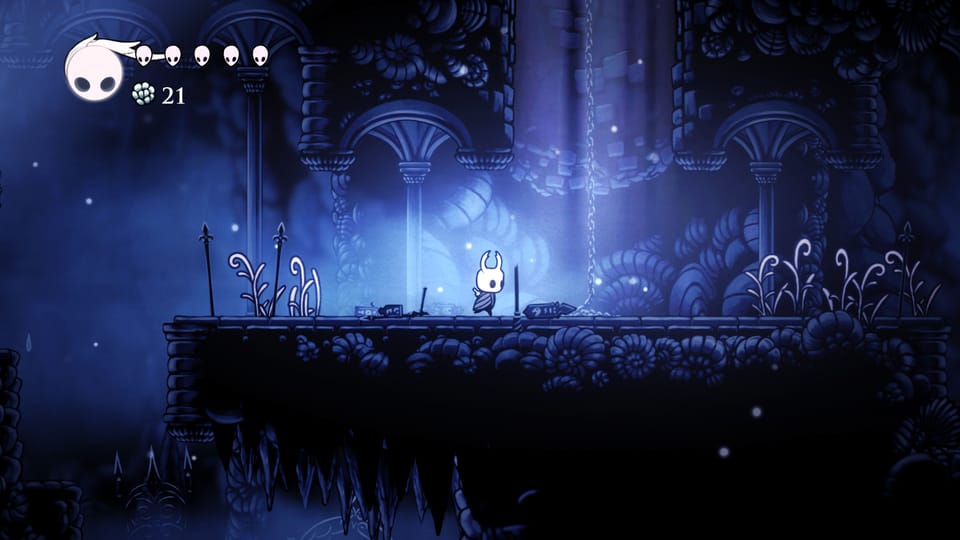
I'm traveling today, so I thank Lily Osler for stepping in with a take on that most mysterious of art forms: video games. Read on for excellent thoughts on Hollow Knight and how games use movement to tell stories. And don't forget that our Pride Sale is ongoing! -ESJ
In the aftermath of my wedding two weeks ago, I’ve been finding it hard to feel at home in my body. This is, maybe, unsurprising. I spent two hours in a hair-and-makeup chair and had my hair stuck with 68 bobby pins (I counted) to look precisely the way I’d spent years wanting to look. The comedown from looking like a bride to looking like, well, me was never going to be easy. More importantly, there’s the fact that I’m a queer woman in America in 2025. It’s not surprising that I’ve dissociated, given how tenuous and precarious it feels to get gay married in a political climate like this one. Even knowing all that, the disconnection I’ve been feeling from my body — how it looks, how it feels, what it can and can’t do — has been striking and kind of unnerving, especially after the years of therapy I’ve spent slowly and effortfully shifting my mindset from staunch body negativity to a practiced neutral inhabitance. I sit and close my eyes and take a deep breath and still feel as if I’m floating away from myself.
I’ve tried a few things to get back to my body recently. Meditation, exercise, the usuals. But nothing, somehow, has worked as well as playing through Hollow Knight again.
This is despite the fact that I’m a reluctant gamer and an even more reluctant fan of Hollow Knight, an extremely acclaimed 2017 action-adventure game about a very brave bug from tiny indie studio Team Cherry. I can say many nice things about Hollow Knight, of course: its art is gorgeously realized; its music is fantastic; and it’s difficult in a way that feels clear and thoughtful, rather than punishing or mean-spirited. But in other ways, it’s a shining example of so much of what I find off-putting about games of its ilk. It’s grimdark both in its visual aesthetics, full of swollen pustules and impaling spikes and mutilated (bug) bodies, and in its dense, very proper noun-heavy plot about a ruined Kingdom felled by the Infection and dying Dreamers holding the ancient Seals on the broken Vessel.
That plot, in turn, gets drip-delivered to players via tiny bits of cryptic lore written in faux-old timey language, which is a type of storytelling that I, maybe out of a prose writer’s bias, find exceedingly annoying in the way it treats fundamental aspects of a plot like motivation and characterization like a sidequest. Its fandom isn't exactly bad by gamer standards, but every time I go on the subreddit to figure out how to find some hidden collectible, I'm a little turned off by the very-online inside jokes and occasional gamer misogyny and “get good” gatekeeping. I’m a writing snob with an aversion to self-serious, lore-heavy fantasy and little patience for teenage boys who spend 16 hours a day on the internet; suffice it to say that Hollow Knight often feels like it’s not made for me.
Which, of course, makes it weird that this is my fourth playthrough of the game. I picked it up for the first time last summer, when I was sick enough to be couchbound for a full month. During the break from grad school, I’d tried a couple of newer video games and had struck out with all of them Friends had been recommending Hollow Knight to me for years and, at $15, I figured I’d only be out the cost of a decent lunch if I wound up hating it. I bought the game, started a new file, and found myself cringing almost from the start at just how Not My Thing the aesthetics and worldbuilding and tone were. I figured I’d give it an hour or two before giving up on it. Then another hour, and another, and another, and then I was looking up tutorial videos for tricky platforming sections and backtracking to find the final hidden boss and starting a new save file just to get to experience the joy of being powerless and small and alone again.
What hooked me, in the end, was the motion. In Hollow Knight, you play as an unnamed bug — a beetle, I think, although it’s all stylized enough to make exact identification tough — who falls off a cliff into the ruined insect kingdom of Hallownest. You (the player) don’t know why you (the bug) have come to Hallownest until a few hours into the game, and even then, it isn’t terribly clear until the last act or so. What pushes you forward in those early hours is not plot or motivation but the way your character cuts through space. From the moment the controller vibrates with the force of your tiny body landing on solid earth, you are jumping over spikes and little pillbugs and yawning black chasms, and your jump is high and floaty and easy to control, a consequence of how little and light you are, the square-cube law in action.
When you swing your nail (the game’s cute name for your teensy little sword), it swipes across the screen in a silver arc instantly and precisely. If you turn from left to right in the middle of a sprint, there’s none of the on-ice sliding-around sense of a Mario game; the little buggy spines on your legs pivot you around instantly. Hollow Knight is a difficult game, one in which it’s common to feel overpowered by enemies, but the crucial thing is that overpowered is not the same thing as powerless. It’s one of the only games I’ve ever played where motion is not a limitation but a form of agency: You may be up against incredible odds, but as long as your controller’s working right, you’ll go exactly where you intend to.
Pride Sale!
If you, subscriber to the free edition of Episodes, have been curious about what's behind the paywall (lots of stuff!), there's never been a better time to sign up! For Pride, an annual subscription is a full 40 percent off, just $40 for the whole year, a savings of $20 off the monthly rate. You'll get access to the full archives; the weekly Monday and Friday newsletters, which have thoughts on current film and TV; access to the Episodes Discord; and plenty of other goodies. Sign up before June 30 by clicking the button below! Now back to our regularly scheduled programming.
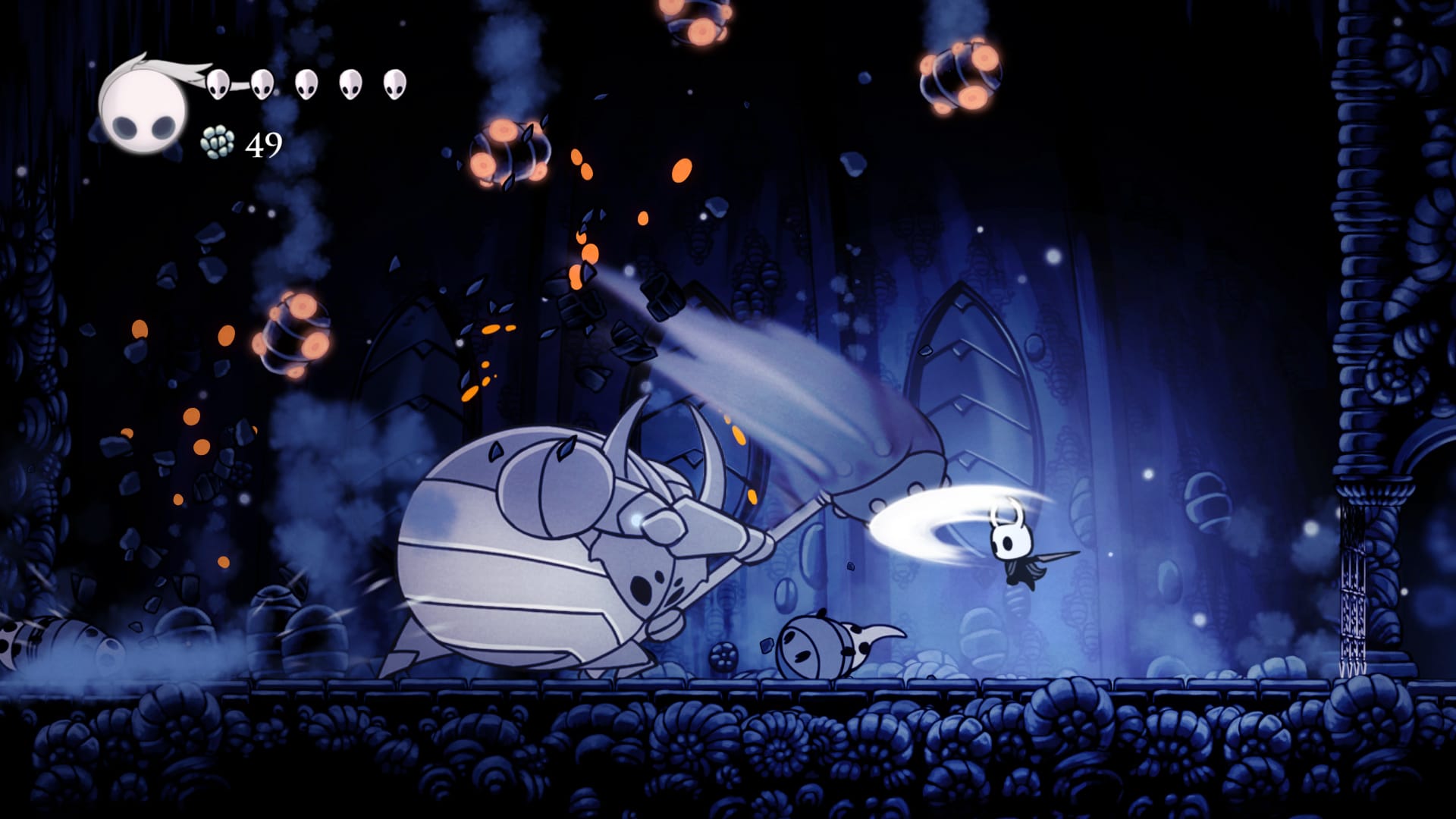
Maybe it’s unsurprising that I’ve become such a Hollow Knight obsessive, since I’ve always been drawn to kinetic, precise games. I spent the depths of the first Covid winter obsessed with Celeste, first for the game’s much-talked-about anxiety metaphor and then for the almost-bottomless well of platforming challenges waiting after the credits. Then, depressed and hiding from wildfire smoke in summer 2023, I got fixated on Hades, a game just about as different from Celeste as possible except for the way it prioritizes exacting controls and learning from your failures. I feel slightly guilty for the number of RPGs and puzzle games and life sims and so forth that I miss out on because I can’t play a game that isn’t about a physical being moving through space, but I’ve come to accept it as a fact about what games are for me: a way to step into a new body, just for a moment. To feel clarity and presence in my motions the way I so often struggle to in my real life.
Lately, I’ve come to think of motion in games as a kind of underlying voice or syntax, a hidden but all-important structuring force that shapes how we understand a work of art. Madeline, Celeste’s protagonist, jumps and dashes low to the ground, struggling against gravity, always a half-second from plummeting into the abyss; the only way to progress through the game is by moving with stubbornness and grit, insisting against the odds on your right to remain aloft. Zagreus in Hades moves in isometric dashes that rumble under your palms, in quick slashes and stabs that hit even as you vanish behind a pillar; every twitch of your fingertips is a type of escape.
And like voice and syntax, I don’t think motion is separate from plot or theme or character. As you play Hollow Knight, you learn, slowly, why your protagonist has no name or gender or anything else to identify them: They are a leftover science experiment, discarded waste from an attempt to contain the capital-I Infection that’s driven the whole kingdom mad. Nothing about them is unique, either: in the game, you see the left-behind exoskeletons of other tiny heroes who tried and failed to do what your little bug is attempting. But you know, already, that you are small and frail and ordinary, and yet if you are clever and quick there is nothing you cannot do. You know it because it is what the game tells you every time you jump and dash and swing your nail to escape an enemy. You know it because of how it feels to be crushed beneath a creature’s massive carapace and how it feels to learn, on your 12th or 13th try, exactly how high you need to bounce against the wall to escape to freedom. This is why, all my snooty objections aside, I think Hollow Knight’s minimal, oblique storytelling actually works just fine: How you move in a game is how it feels to have a body, and bodies are where stories live.
When I play Hollow Knight on my couch, hiding from a reflection I can’t stand to see in the mirror, I am an abject creature. Unwanted. Unchosen. Quotidian. So small and breakable. So contemptible. And yet this is true, too: I am my body, and my body is stronger than I think so long as I offer it my trust. I play for hours, caught up in motion. And it’s maybe fantasy, but I think it’s practice, too, important practice, to believe that the flesh I live in, flesh that’s little-loved by those in power, can be nimble and capable and entirely mine.
If you particularly liked this piece, please throw a tip in the jar! All tips go to the author when I'm commissioning a freelance piece like this!
A Good Song
The free edition of Episodes, which (usually) covers classic TV and film, is published every other Wednesday, and the subscriber-supported edition of Episodes, which covers more recent stuff, is published every Friday. Paid subscribers also have access to the weekly Monday Rundown. This newsletter is written by Emily St. James and Libby Hill. If you have suggested topics, please reply to the email version of this newsletter or comment (if you are a paid subscriber).
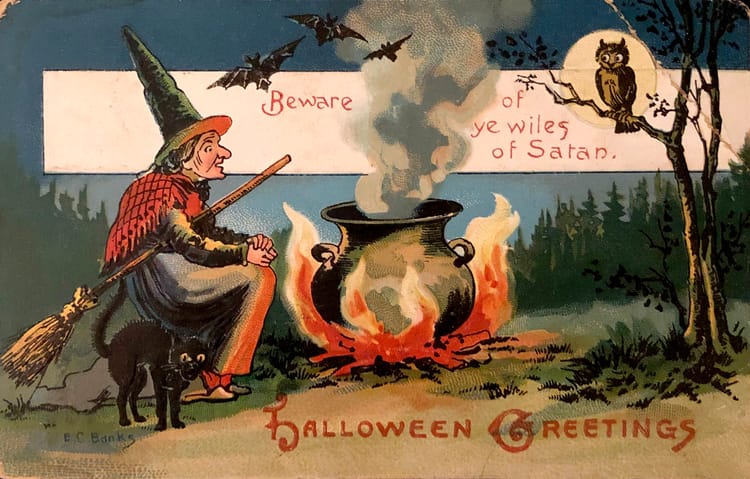


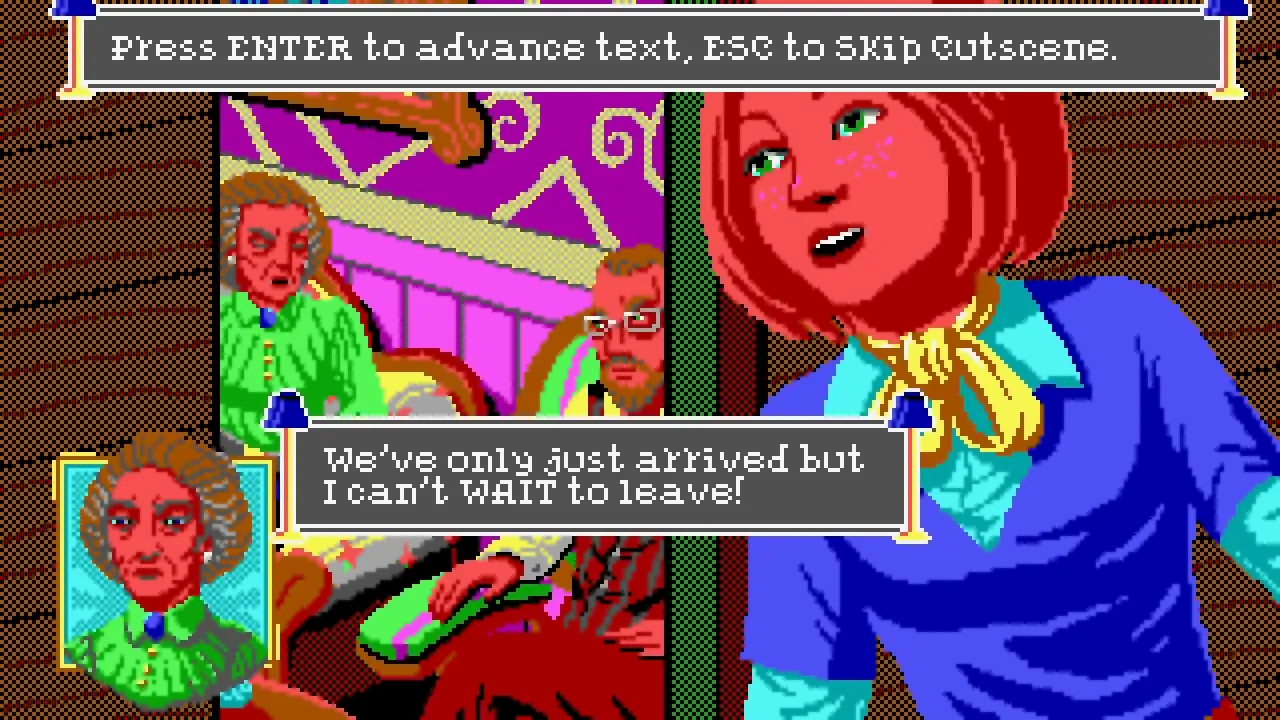
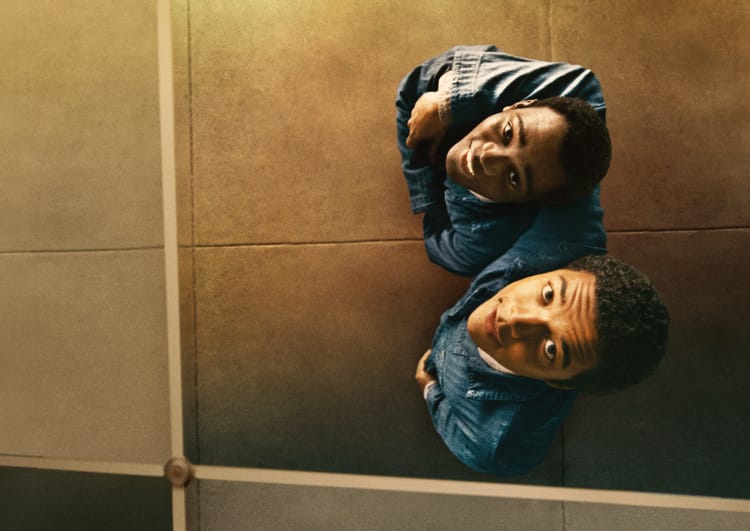
Member discussion